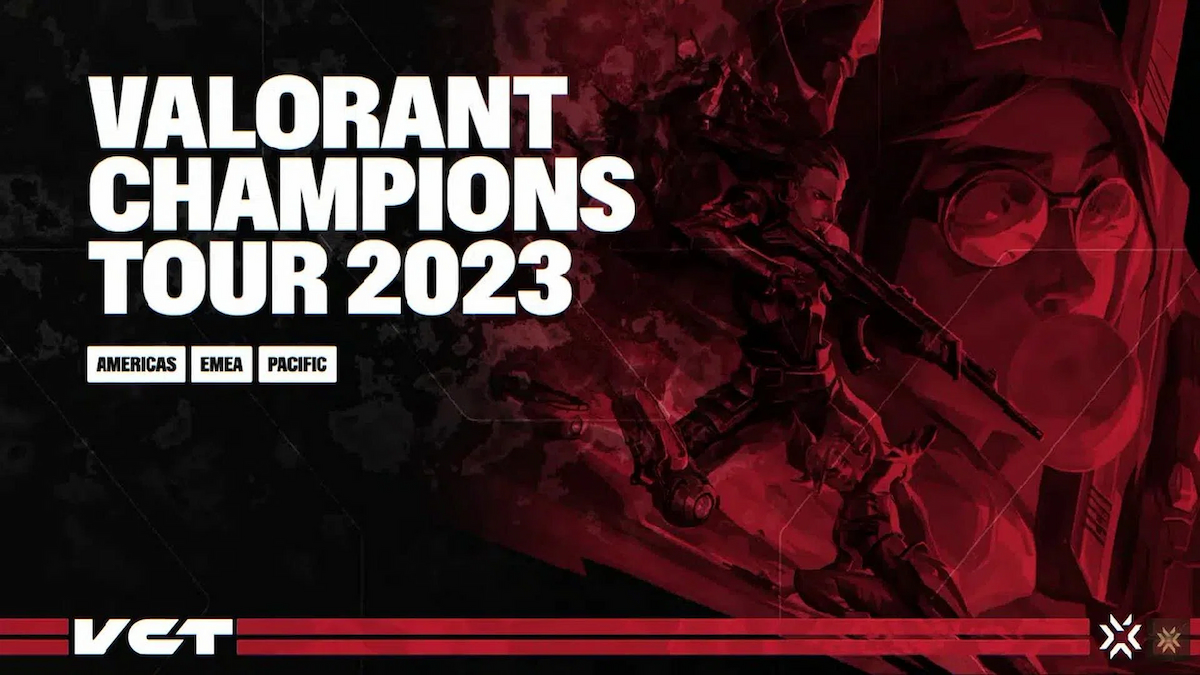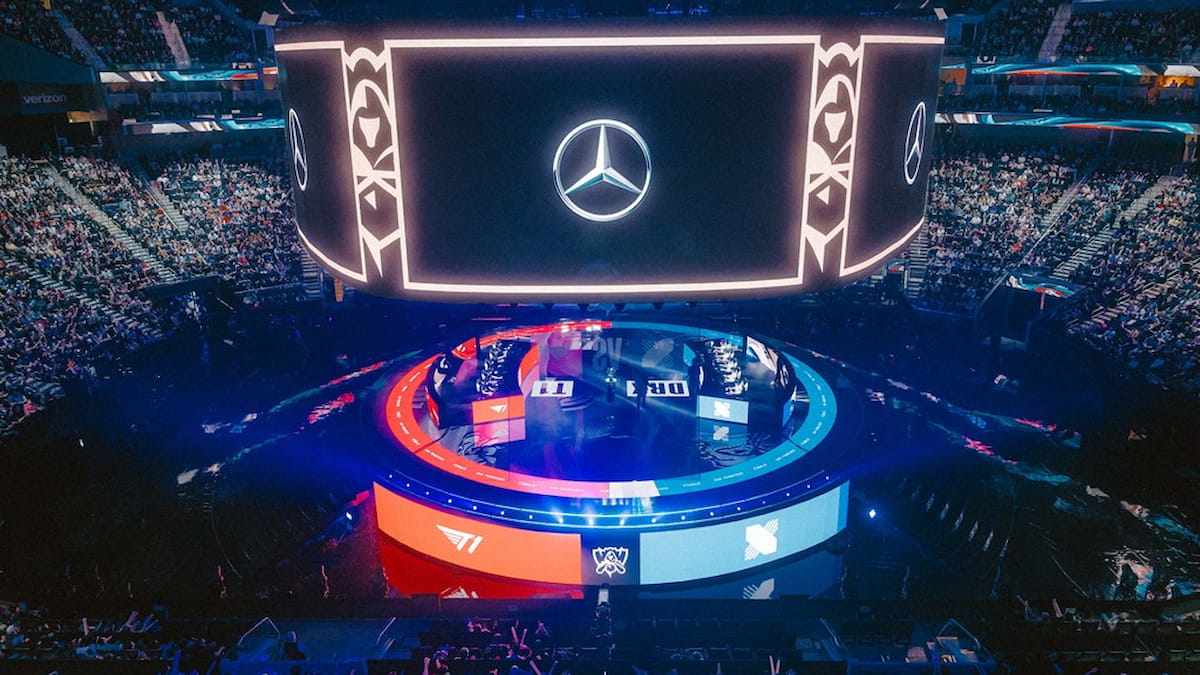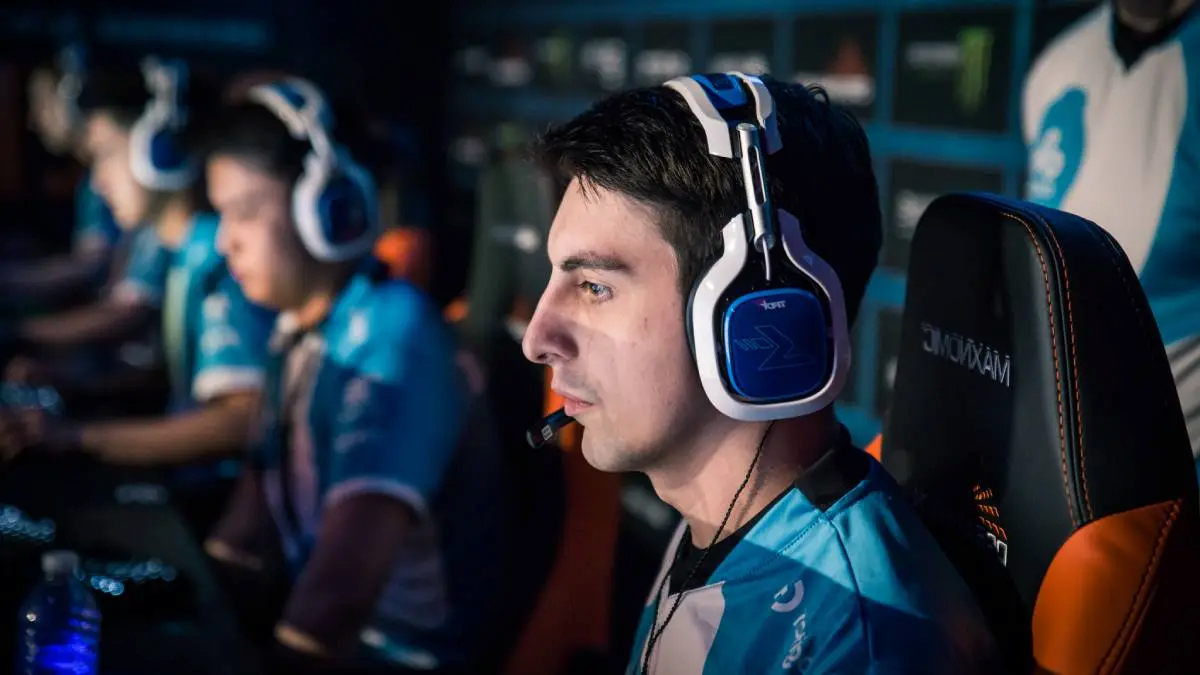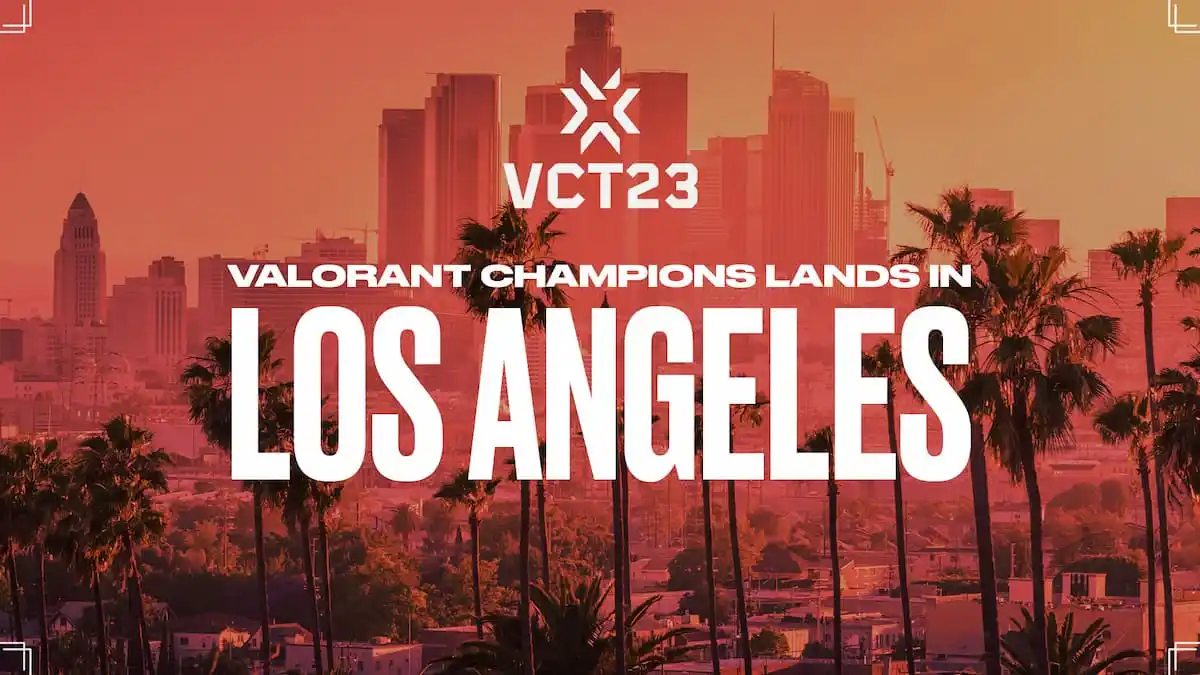Riot Games is set to transform Valorant esports for its 2023 season as the VCT moves to a fully franchised format. All 30 partnered organizations have now been confirmed for their participation next year across three different regional leagues, which include both familiar names and entirely new ones. Here, we’ll be breaking down everything there is to know about Valorant franchising and its 2023 esports scene.
What Is Valorant Franchising? Answered
Valorant esports has up until now followed an open format, allowing any team/organization –big or small– to qualify and compete in its Tier 1 esports tournament. Moving forward, though, the VCT’s premier division will consist of 30 hand-picked teams, with the total number slowly increasing over the next six years.
Franchising is a format used in many conventional sports and is popular in the U.S, where leagues like the NFL and NBA operate under a similar format. Despite that, its introduction to Valorant is controversial as many believe it undermines the competitive integrity of tournaments; after all, if the same 30 or so teams are always guaranteed a spot, there’s not the same drive to fight for survival. Not to mention, the hand-picking of partnered teams by Riot Games has a criteria that is beyond merely who the best team is — more on that in a bit.
The positives of a franchised league can’t be understated, though. Esports have always struggled for stability; games come and go as fanbases chop and change their interest in different titles and products. Establishing an esport is no easy feat, with only a handful maintaining consistent viewership over the years; the likes of Counter-Strike, DOTA, and of course, League of Legends are just a few successful titles out of dozens if not hundreds over the past 20 or so years.
Riot Games is determined that Valorant will join the list of successful esports, and franchising is designed to bring stability to the scene. By securing a set number of trusted organizations who believe in the game’s future as much as Riot does, the publisher hopes to secure players, teams, and in turn, the interest of fans long into the future. The publisher is so committed to the idea, they’re actually paying partnered teams — something that might sound logical but is actually the complete opposite of what typically occurs with a franchised league. In many other cases, it is the organizations who “buy in” to franchising and pay the publisher. That isn’t the case with Valorant Champions Tour.
So, how were partnered teams selected, then? Let’s take a look in Riot’s own words via a blog article published today:
- Organizations who share our values of always putting fans first, celebrate our diverse community, and are committed to supporting pros
- Organizations who have created a strong connection with fans through engaging content, a compelling brand, and an exciting roster
- Organizations who build for the long-term, with a focus on sustainability
One interesting thing to note is that Riot Games isn’t taking into consideration the past achievements of successful teams within previous VCT circuits. As you’ll see below in the confirmed list of partnered teams, there are some notable absentees. Here’s what the publisher said on the matter:
“It’s worth addressing directly that while we respect and celebrate past competitive performance, it was not a key consideration in our decision – as we instead focused on an organization’s ability to create the most compelling VCT for fans in the future.“
All Partnered Teams in Valorant Franchising
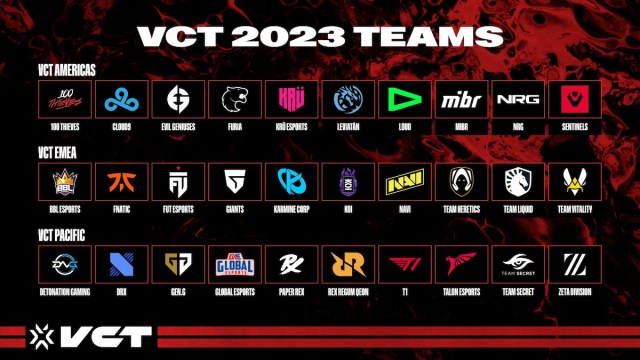
As mentioned above, there are three regions for the VCT 2023 circuit, which merges several regions together to essentially create three super leagues. For example, The North American / Brazilian regional rivalry is now set to become a domestic rivalry as teams like 100T will compete against the likes of Loud in the Americas league.
Here’s the full overview:
The Americas
- 100 Thieves
- Sentinels
- Cloud9
- NRG
- Evil Geniuses
- FURIA
- LOUD
- MIBR
- KRÜ Esports
- Leviatán.
EMEA
- Fnatic
- Team Vitality
- Team Liquid
- Karmine Corp
- Team Heretics
- KOI
- Giants
- Na’Vi
- FUT Esports
- BBL Esports.
Asia/Pacific
- ZETA DIVISION
- DetonatioN Gaming
- Gen.G
- T1
- DRX
- Team Secret
- Paper Rex
- Rex Regum
- Qeon Talon Esports
- Global Esports
OpTic, G2, TSM, FPX, & More Miss Out on Valorant Franchising
Riot Games’ partnership selection process has seen some big names miss out. OpTic, arguably the most decorated and consistent Valorant roster of all time, won’t be in the 2023 circuit, meaning some of the best players in the world are currently without a team. EMEA’s G2, as well, isn’t there, a powerhouse of European esports that has been involved in Valorant since the very beginning.
So what gives? Well, with respect to teams like OpTic, and actually in almost all cases, the selection process criteria laid out above answers the question — those organizations were simply deemed not favorable by Riot Games as long-term investments for Valorant’s continued health as an esport. Clearly, they did not demonstrate enough interest and enthusiasm to promote Valorant and their team to the extent that Riot Games believes is necessary to push the game to the very top of esports.
Again, Riot’s intention is to create a sustainable, stable environment for Valorant as an esport, which is an endeavor it is willing to pay organizations to help create. But only the right organizations will do, and it has nothing to do with past successes or the profile of their players.
VALORANT: Sources told me that G2 is OUT of franchising (NA & EU) for next year because of recent controversy.
G2 had a spot locked in NA, but Riot had an emergency meeting and decided otherwise. Likely LEV is having the last NA spot.
— neL (@neLendirekt) September 20, 2022
Now, as for G2, a recent controversy involving its CEO and a certain persona non grata named Andrew Tate is believed to have seen Riot Games change its decision over the organization’s involvement in Valorant esports.
Valorant VCT 2023 League Format
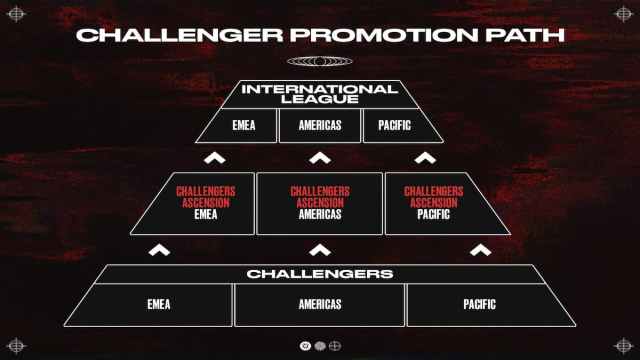
Earlier I mentioned the word controversy with respect to franchising, which largely revolves around the lack of promotion and relegation in a partnered system. But while it’s true that no Tier 1 team will ever be demoted from the VCT moving forward, there is a route to the highest level of VCT for Tier 2 teams. In fact, there’s a route to Tier 1 for absolutely any team in the world.
Earlier this year, Riot revealed its plans for VCT 2023 in a detailed article; crucially, it confirmed that a route to a promotion does exist for Tier 2 teams: each of the three new super leagues / regions will expand by a single team per year until they reach a hard cap of 14.
To decide which team lands a spot, Riot is introducing a new tournament called ‘Challengers Ascension.’ This is a promotional competition for the winners of each regional ‘Challengers’ event. There will be 21 of these regional competitions, each given its own scheduling so that they don’t conflict with the Tier 1 scene and have their chance in the spotlight.
Not only this, but Riot has also outlined plans to go a step beyond merely supporting the Tier 2 scene by offering a grassroots competitive online scene designed to grant even amateur players a path to the very elite of the scene. This will actually be integrated into the Valorant client in a tournament mode that any player can enter and compete in. It’s a first for esports to have such a direct line to Tier 1 competition accessed via the game itself.
What Happens Next? Valorant Roster Moves
With so many established teams not having made franchising, a large number of players, staff, and teams are without a job. It’s a sad reality of the franchising process and yet another reason why Riot Games’ decision to pursue such a system hasn’t been met with universal praise. Over the next few months, you can expect to see major roster changes across the board; players from teams like OpTic, FPX, and G2 to name just a few are highly likely to be picked up by partnered teams. You might also see players move to different regions for a chance to compete in the Tier 1 scene.
You can be sure I’ll be keeping an eye on the biggest roster moves and keep you posted here at Twinfinite.

